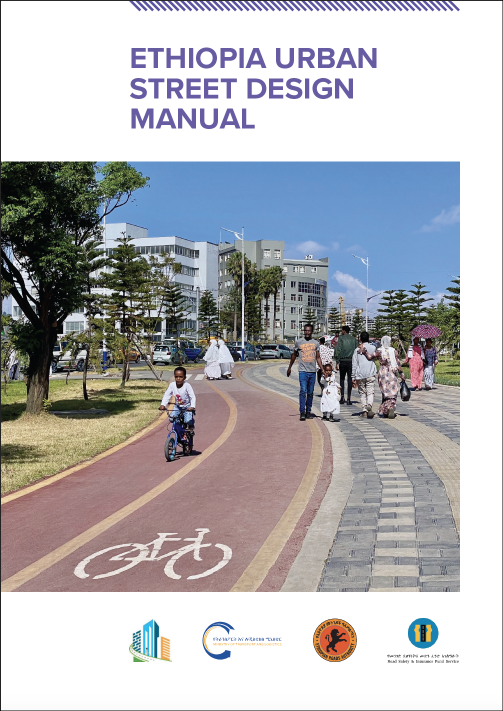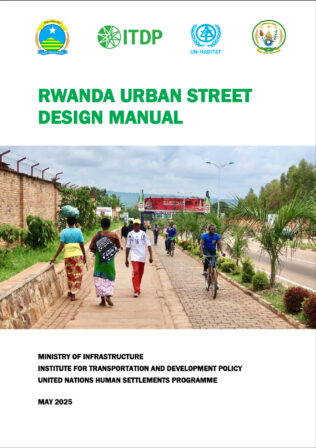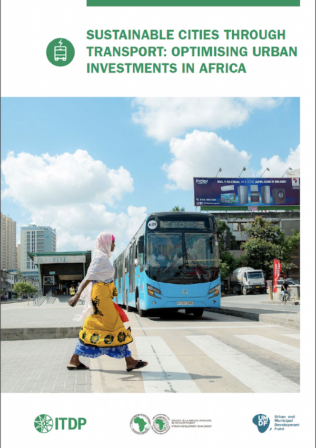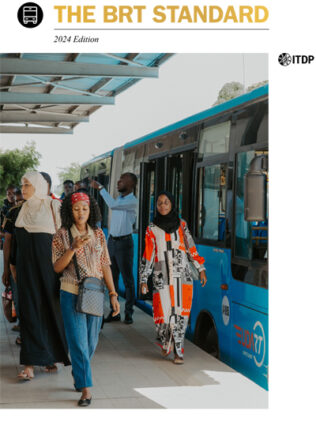Ethiopia Urban Street Design Manual
The Ethiopia Urban Street Design Manual aims to address the need for safer, more accessible, and more inclusive streets that accommodate the needs of the country’s growing urban population. Walking, cycling, and public transport are the dominant modes of transport in most Ethiopian cities. Consequently, urban street designs need to accommodate and reallocate street space to these modes. Streets not only ensure residents’ mobility but also serve as a place for people to meet, interact, do business, and have fun. Streets make a city liveable, foster social and economic bonds, and bring people together. Decisions about how to allocate and design street space have a tremendous impact on quality of life.
Decisions regarding the design and use of a city’s limited street space should prioritise walking, cycling, and public transport over private motor vehicles, following the street hierarchy of needs. The sustainable long-term solution for efficient mobility is to invest in high-quality public transport and NMT facilities. Investment in flyovers and elevated highways may reduce congestion temporarily, but the sustainable alternative is to provide dedicated sufficient spaces for mass rapid transit (especially BRT), supported by comfortable, safe, and continuous walking and cycling facilities.




